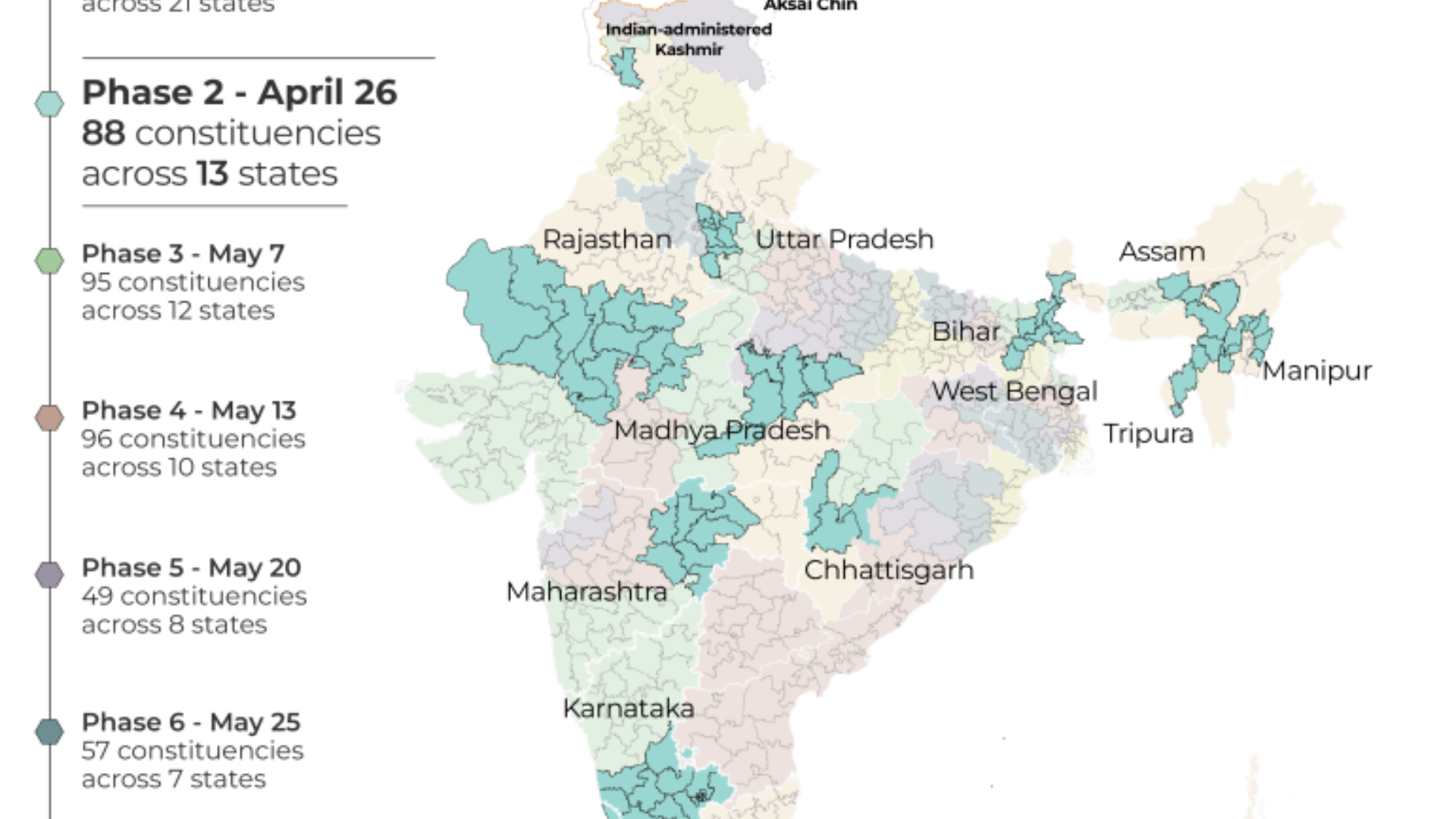










Today, October 25, various portions of India will witness a partial solar eclipse for the first time in more than ten years. An annular eclipse in May 2031 will be the next significant eclipse visible to Indians.
But what distinguishes a partial solar eclipse from a total eclipse? Let’s dive in.
A solar eclipse occurs when the moon passes in front of the sun and the earth, preventing the sun’s light from reaching the planet. As a result of the moon’s shadow falling on the earth, a solar eclipse results.
Total solar eclipses, partial solar eclipses, and annular solar eclipses are the three forms of solar eclipses.

In contrast to annular and partial solar eclipses, which only partially obscure the sun, total solar eclipses completely conceal the sun’s disc.
PARTIAL SOLAR ECLIPSE
When the sun, moon, and earth are not quite lined up, there is a partial solar eclipse, which causes the sun to appear to have a black shadow covering a portion of its surface. A partial solar eclipse has three phases: the beginning, when it reaches its greatest, and the finish.

The moon moves over the disc of the sun in its first phase, reaching its maximum when the largest portion of the disc is covered. The third phase occurs when the moon begins to move away from the earth, allowing sunlight to pass through.
The fact that the partial solar eclipse may only occur during a new moon makes it special.
Total Solar Eclipse

A solar eclipse happens when the Moon moves in front of the Sun, completely or partially blocking Earth’s view of it. A new moon with such an alignment shows that the Moon is closest to the plane of the Earth’s orbit. The Moon completely blocks out the Sun’s disc during a total eclipse.










